Choosing the right door pulls feels overwhelming with so many options. The wrong choice can ruin a room’s entire look. This guide makes it simple to pick the perfect hardware.
To choose the right door pulls, first consider function and location to ensure durability. Next, match the style and finish to your space’s design for a cohesive look. Finally, select a size proportional to the door, typically one-third its width, for a comfortable, balanced grip.
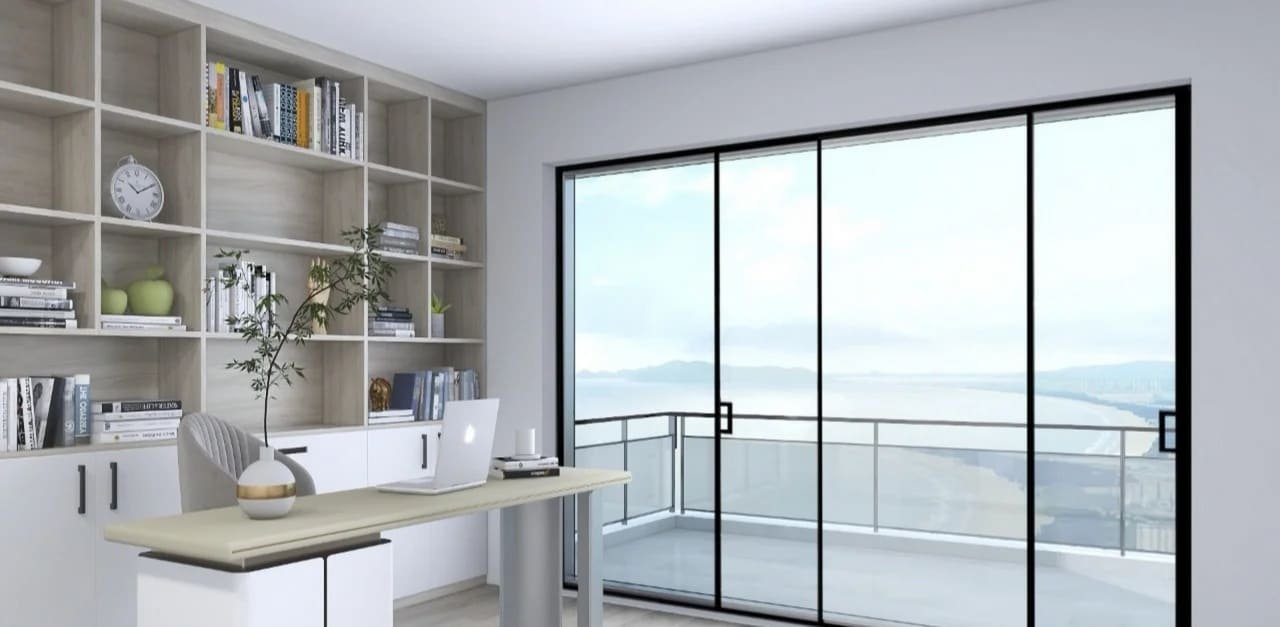
I’ve spent years in the hardware business, and I’ve seen how a small detail like a door pull can make a big difference. It’s not just about opening a door; it’s about the feel and look of the entire piece of furniture or room. Getting it right is easier than you think when you know what to look for. Let’s dig into the details to help you make the best choice for every door and cabinet in your project.
How to choose the right size pulls for cabinets?
Picking the wrong size cabinet pull makes your entire kitchen look off. It’s a small but costly mistake to fix after drilling holes. Here’s how to get it right.
A good rule of thumb is to choose a pull that is about one-third the length of the cabinet door or drawer. For very wide drawers, you can use two smaller pulls or one long pull for a more modern look. Always measure before you buy.
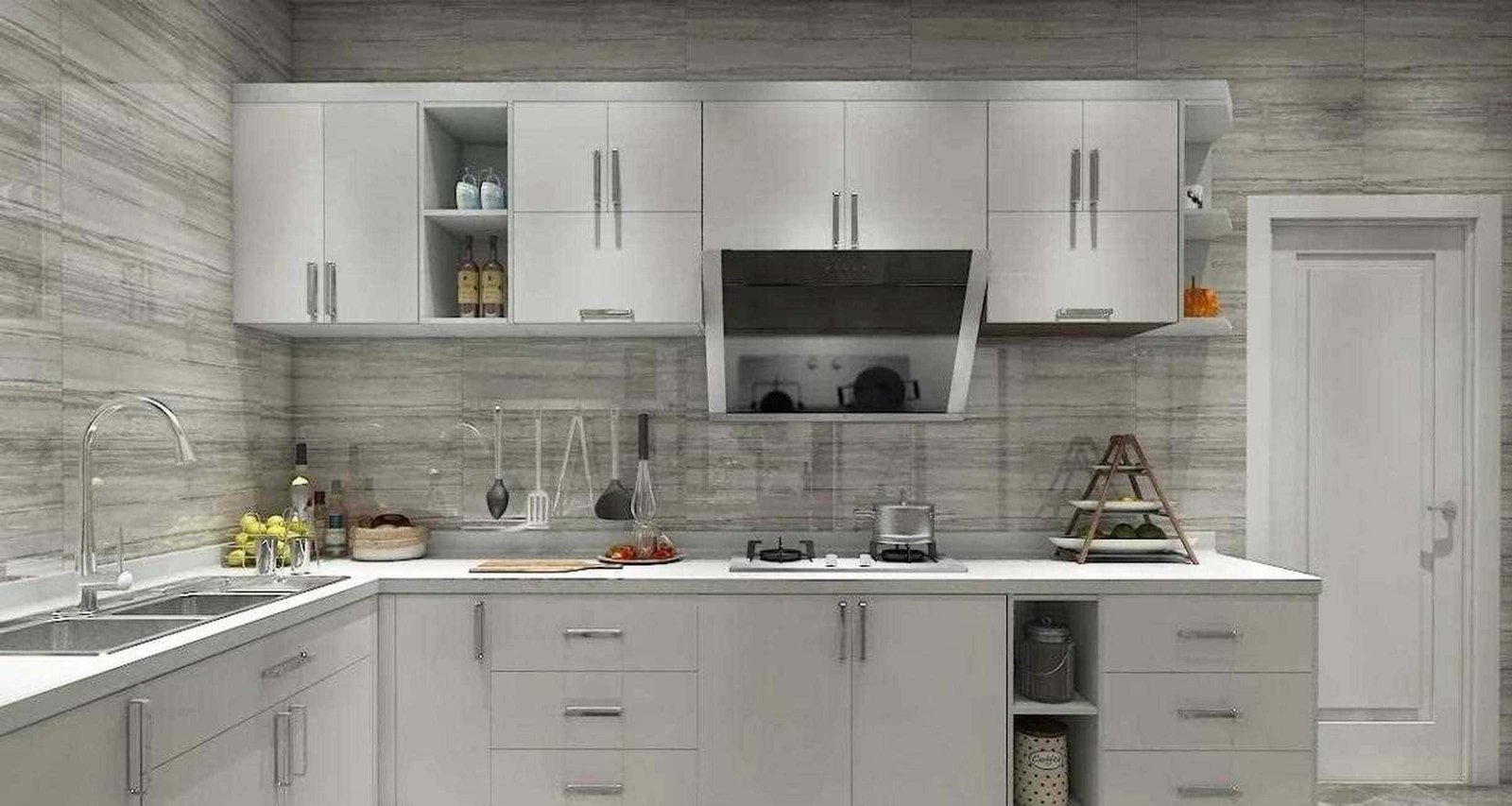
When I work with furniture factory purchasers like Jacky, the most common question is about sizing. Getting the proportions right is critical. The "rule of thirds" is a great starting point, but let’s break it down further to make it foolproof. The goal is to create visual balance. A tiny knob on a large drawer looks lost, and a huge pull on a small cabinet is overpowering.
The Rule of Thirds1 Explained
This is a simple design principle that works wonders for hardware. If you have a 30-inch drawer, you should look for a pull that is around 10 inches long. It doesn’t have to be exact, but it keeps things looking proportional. For doors, you apply the same rule to the door’s width. This consistency creates a clean, intentional design across the entire room.
Sizing for Different Cabinet Types
Not all cabinets are the same size, so you need a flexible approach. I’ve put together a simple chart that we use at my factory to advise clients. It provides clear guidelines for the most common sizes.
| Drawer or Door Width | Recommended Pull Length (Center-to-Center) |
|---|---|
| Up to 12" (30cm) | 3" to 5" (7-13cm) pulls or a simple knob |
| 12" to 30" (30-76cm) | 6" to 12" (15-30cm) pulls |
| Over 30" (76cm) | 12"+ (30cm+) pulls or two smaller pulls |
Remember to always use the "center-to-center" measurement when ordering. This is the distance between the two screw holes, and it’s the industry standard.
How to choose the right door handle?
A door handle is something you touch every day. A poorly chosen one feels awkward, looks out of place, and can even be a hassle. Let’s make sure you pick one that’s perfect.
Choose a door handle based on ergonomics, function, and style. Levers are easier to use than knobs. Make sure the finish matches other hardware in the room, like hinges and locks, for a consistent and professional look.
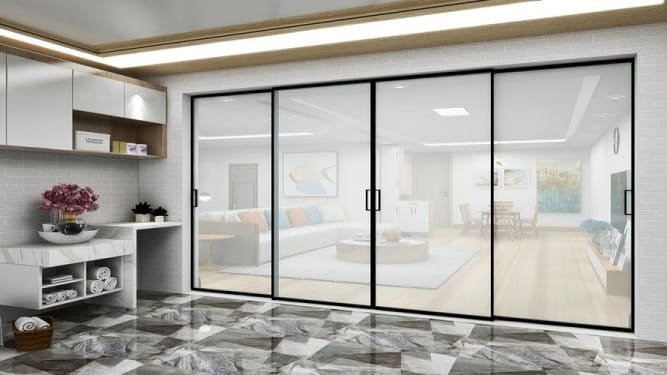
In my line of work, I see a lot of door handles. The best ones are a perfect mix of form and function. It’s easy to get caught up in how a handle looks, but you have to remember its main job. It needs to be comfortable to grab and easy to turn, day in and day out. This is especially true for high-traffic areas like a front door or a main hallway.
Knobs vs. Levers: The Ergonomic Choice
The first choice you’ll make is between a traditional knob and a more modern lever.
- Knobs: These are classic and work well in traditional homes. They require a tight grip and a twist to operate, which can be difficult for children, seniors, or anyone with limited hand strength.
- Levers: These are easier to operate. You just push down on the handle. This makes them more accessible and is often a requirement for public or commercial buildings to meet accessibility standards2. From my experience, more and more residential projects are choosing levers for their convenience.
Material and Finish Matter
The material of your door handle affects its durability and feel3. Solid brass is heavy and extremely durable, perfect for an exterior door. Stainless steel is resistant to rust and great for bathrooms or coastal areas. Zinc alloy is a cost-effective option we produce a lot of, and it can be finished in many ways to match any style. Common finishes like matte black, brushed nickel, or polished chrome should be consistent with the rest of your hardware. As a factory, we can even customize the LOGO and finish to match a client’s specific brand needs.
How to choose the right door stopper?
A door stopper is an unsung hero of hardware. Forgetting one means your walls and door handles get damaged, leading to annoying and expensive repairs. Let’s pick the right protection.
To choose a door stopper, decide where to install it. Wall-mounted stoppers are discreet, while floor-mounted options are better for heavy doors. Select a material and finish that matches your other hardware for a seamless look.
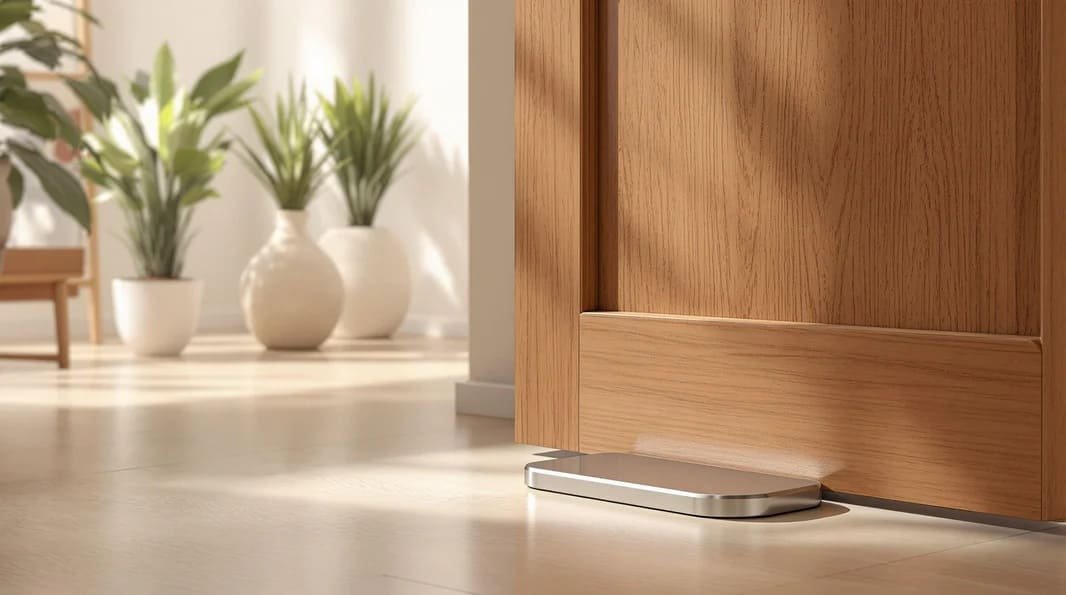
I’ve seen so many beautiful new construction projects where the walls behind the doors are already scuffed up. It’s a simple thing to prevent. When clients like construction contractors order door hardware from me, I always ask if they’ve thought about door stoppers. It’s a small add-on that protects their investment and shows attention to detail. The right choice depends entirely on the door and the room.
Common Types of Door Stoppers
There are several types available, each with its own specific use case. It’s important to pick the one that fits your situation best.
| Stopper Type | Best Use | Key Feature |
|---|---|---|
| Baseboard Stopper | Most common interior doors | Inexpensive and easy to install. Can have a rigid or spring base. |
| Wall Bumper | When a baseboard is not available | A small, concave bumper that sticks to the wall. Very discreet. |
| Floor-Mounted Stopper4 | Heavy doors or high-traffic areas | Very strong and durable. Requires drilling into the floor. |
| Hinge Pin Stopper5 | For a clean, hidden look | Fits directly onto the door’s hinge pin. Adjustable opening angle. |
| Magnetic Stopper | To hold doors open | Combines a stopper with a magnet to keep the door from closing. |
For most projects, hinge pin stoppers are a fantastic choice because they are almost invisible. However, for a heavy entry door, I always recommend a sturdy floor-mounted stopper. It’s all about matching the hardware to the job it needs to do.
How to choose the right door lock?
A door lock is your first line of defense. The wrong one can be a security risk and take away your peace of mind. Let’s break down how to choose a lock you can trust.
For exterior doors, always choose a high-security deadbolt. For interior doors, a privacy lock is good for bathrooms and bedrooms. A simple passage knob works for closets. Always match the lock’s style and finish to the handle.
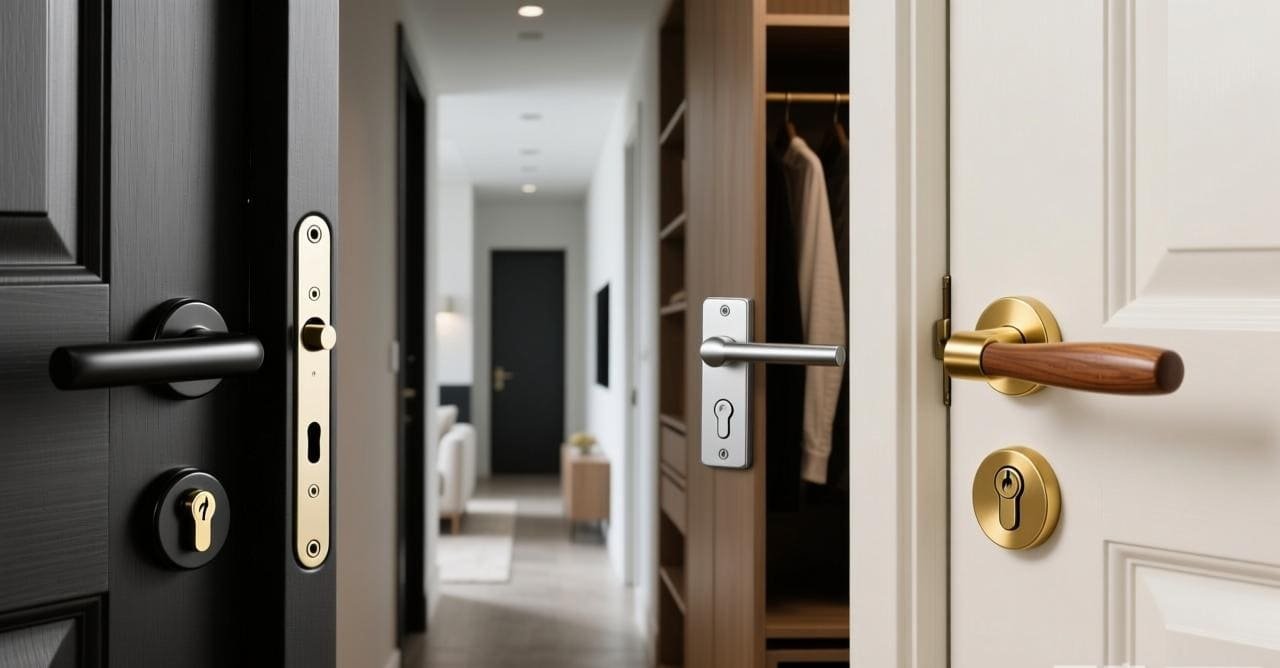
Security is something I take very seriously in my business. We manufacture locks that are sent all over the world, and they have to meet very strict standards. When I talk with a buyer, we don’t just discuss price. We talk about security grades and what level of protection their project requires. A lock for an apartment front door in a major city needs to be much tougher than one for a bedroom door.
Understanding Lock Grades6 and Functions
Hardware is often graded by industry associations like ANSI/BHMA. These grades tell you how secure and durable a lock is.
- Grade 1: The highest level of security. It’s designed for commercial use or high-security residential applications.
- Grade 2: This is the standard for most residential exterior doors. It offers excellent security and durability for daily use.
- Grade 3: The basic level of security. This is perfectly fine for interior doors, like a bedroom or a closet, where the main goal is privacy, not preventing a break-in.
Matching the Lock to the Door
You wouldn’t use the same lock on every door, so it’s important to know the different types.
| Lock Type | Best Use | Key Feature |
|---|---|---|
| Deadbolt7 | Exterior Doors | Provides excellent security against forced entry. |
| Keyed Entry | Exterior/Office Doors | Locks from the outside with a key and from the inside with a turn-button. |
| Privacy Lock | Bedrooms, Bathrooms | Locks from the inside for privacy, with an emergency key or slot for outside access. |
| Passage Lock | Hallways, Closets | Has no locking mechanism. It simply latches the door closed. |
We also offer intelligent locks that provide keyless entry, which are becoming very popular. The most important thing is to choose the right function for each door.
Conclusion
Choosing the right door hardware involves balancing function, style, and security. By considering these key points, you can ensure every handle, pull, and lock enhances your space perfectly.
Understanding the Rule of Thirds can enhance your design skills, making your projects more visually appealing and balanced. ↩
Understanding accessibility standards is crucial for ensuring that your door handles meet legal requirements and are user-friendly for everyone. ↩
Exploring how different materials impact durability and feel can help you make informed decisions for your home or project. ↩
Learn why floor-mounted stoppers are ideal for heavy doors and high-traffic areas, ensuring durability and strength. ↩
Discover how hinge pin stoppers provide a clean, hidden look for your doors while being adjustable for convenience. ↩
Understanding lock grades is crucial for selecting the right security for your property. ↩
Exploring deadbolts can help you understand their importance in securing exterior doors. ↩

